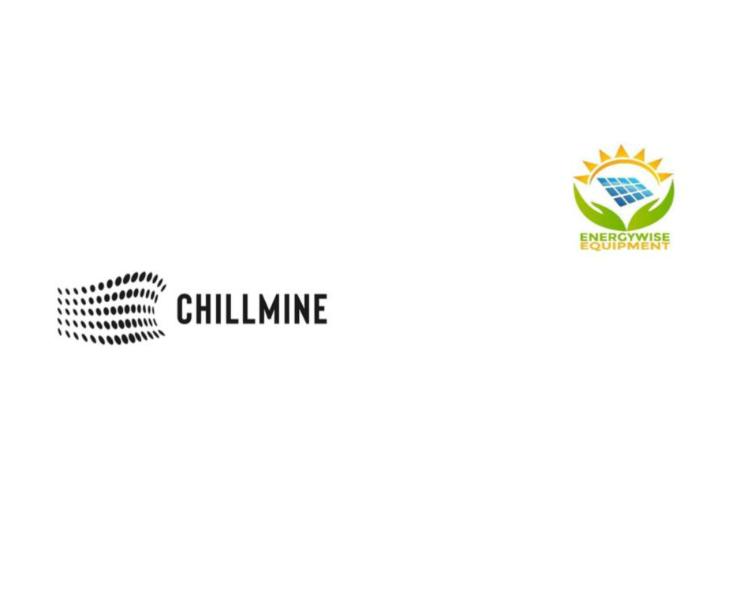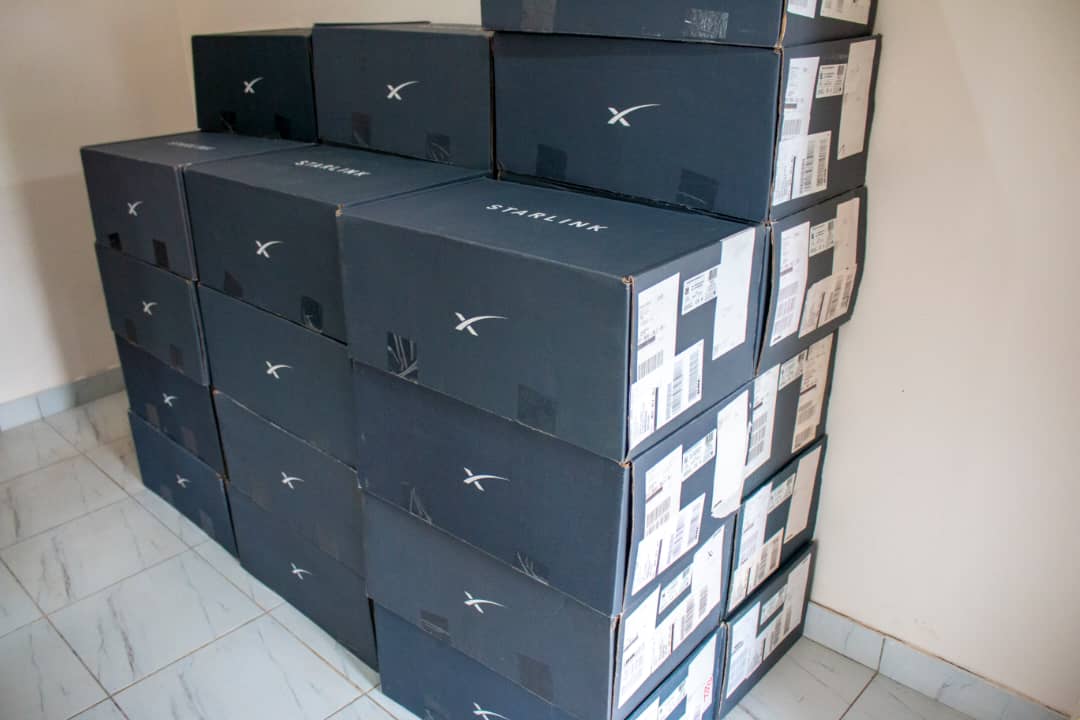TelOne, Zimbabwe’s State-owned fixed telecoms operator will be entering the mobile telecoms arena in the next 18 to 24 months with plans to introduced LTE services for its subscribers through an integrated services package.
This information was shared by Mrs Chipo Mutasa, TelOne’s Managing Director on the sidelines of the operator’s Customer Services Charter launch last week.
For most people this is hardly news, except, of course, the specific timeline. TelOne’s plans to tap into mobile telephony have been a point of discussion in the industry for years. Back in 2011, POTRAZ, the local telecoms regulator awarded TelOne a mobile telecoms licence.
Though the operator did not activate it immediately due to funding constraints, the TelOne MD, Chipo Mutasa, mentioned as recently as mid-2015 that they were exploring the option of partnering with NetOne, another state-owned operator focused on mobile services, to get their own mobile services off the ground.
So far the idea has been viewed by some observers as a replication of the state’s efforts to monetise the huge opportunity that lies on mobile communication, especially since the operators (there are now 3 State operators since the takeover of Telecel) will now be angling for the same mobile subscriber base. With NetOne originally placed with that prerogative, it would make sense to offer support to it to ensure that it provides the best mobile telecoms services.
However, TelOne won’t be eyeing the same market as NetOne. According to Mutasa, as a unified service provider, their concern will be to offer mobile services to TelOne fixed services subscribers. This means the option for an LTE mobile service that is tied to an existing TelOne account that a subscriber can access when they are mobile.
The idea isn’t new. In neighbouring South Africa. Telkom, the State-owned fixed operator also migrated to a unified services approach when it introduced subscribers to Telkom Mobile. For TelOne, it will enhance its value proposition as a comprehensive telecoms provider which has a one-stop-shop offer for all communication through mobile and data services.
At the same time, it behoves TelOne to explore all opportunities in Zimbabwean mobile telecoms. The market leans strongly towards mobile connectivity and with trends pointing to an increasing use of mobile devices for communication and data consumption, so any investment in the future has to factor that in as well.
So far, Telone has jumped into it with its WiFi hotspot service. Through marketing plays around brand visibility, data allowance and some tinkering with pricing, it seems to have created a bit traction for TelOne. Due its own limitations, though, (Hotspot availability, need for partnerships, limited access times), it’s not enough to take a big enough bite in mobile services. This is where this unified operator play comes in.
It’s rather ambitious, considering that TelOne is still a State operator at heart (the plague of bureaucracy) and the fact that this sort of migration has in the past been held back by limited financial resources.
TelOne does, however, have access to state funding and has in the recent past secured leveraged finance from the Chinese government for its Fibre to the Home project. This will likely be the same route explored for TelOne LTE.
Competition is ready to respond
When TelOne Mobile does go live, it won’t be entering an uncontested market. Competition like Econet Wireless Zimbabwe is also positioned to offer the same sort of packages.
It currently offers LTE services and under its corporate banner has a stake in Liquid Telecom, the holder of the country’s largest terrestrial fibre footprint which has been opened up to retail consumers through ZOL Zimbabwe. An aggregation of these services, especially where competition is making a profit from it, won’t be hard to conceive.














Comments
4 responses
It looks as if we are starting to go somewhere. Hope the competition is gonna be tyt.
Tight competition between 3 govt-owned Telcos? I doubt it. until they sell Telecel to Isabelle dos Santos, the govt wil be burdened by 3 loss-making entities, perennially needing to be bailed-out. At least Telkom had the decency to divest from Vodacom first before throwing their hat in the ring.
lm struggling to see beyond internet access where ever you go which brings another question! How is Telone going to pull this one off? Are they going to put up infrastructure for this all are they going to use one already available in one big happy family as we were made to believe by the takeover of Telecel?
Well I think this could be a good deal.
Tel*One could work out a package like this :
*You get unlimited internet at home via fiber lets call it $200
*They give you free VOIP minutes – 100minutes a month to tell one or 10minutes to any number
*They give you an LTE Dongle / MIFI router – 20Gb Data cap
*They give you unlimited access for five devices to Tel*One Hotspots
How do you do the calculations? Simple, we know that Joe is going to download as much as he can via fiber – So we can assume that 90% of his updates will be done at home
The voice is factored into the monthly cost but you call it free
The LTE has to be capped to 20Gb otherwise Joe is going to give his LTE device to his friend.
Tel*One Wifi will come from his main wallet – so downloading movies on the go would consume the same as he would at home.
If they have a fancy billing system, you can work out a profile that splits the bandwidth so lets say the link is a 20Mbps link – that gets shared between home and LTE so if home is not using the link all 20Mbps is available for LTE if home is downloading torrents and using 15Mbps then 5Mbps is available for LTE and so on. Pooled connections are not difficult in the grand scheme of things.
That said though, the alternative is you just allocate data. So the Main account is a parent account with say 1/2 Terabyte. It is used on whichever device in whatever direction.
That would be in an ideal world though, I doubt tel*one wants to engineer something like this. Telkom has done it relatively successfully in South Africa. Vodacom has done it with the shared sim model. So you get a main sim then 4 other sims that all pull from the same data wallet. This allows you to have LTE-A if you are within coverage areas, a tablet sim (think iPAd), a smartwatch sim (Samsung galaxy gear S), a phone sim and a MIFI sim and finally your LTE router sim. Happy days!